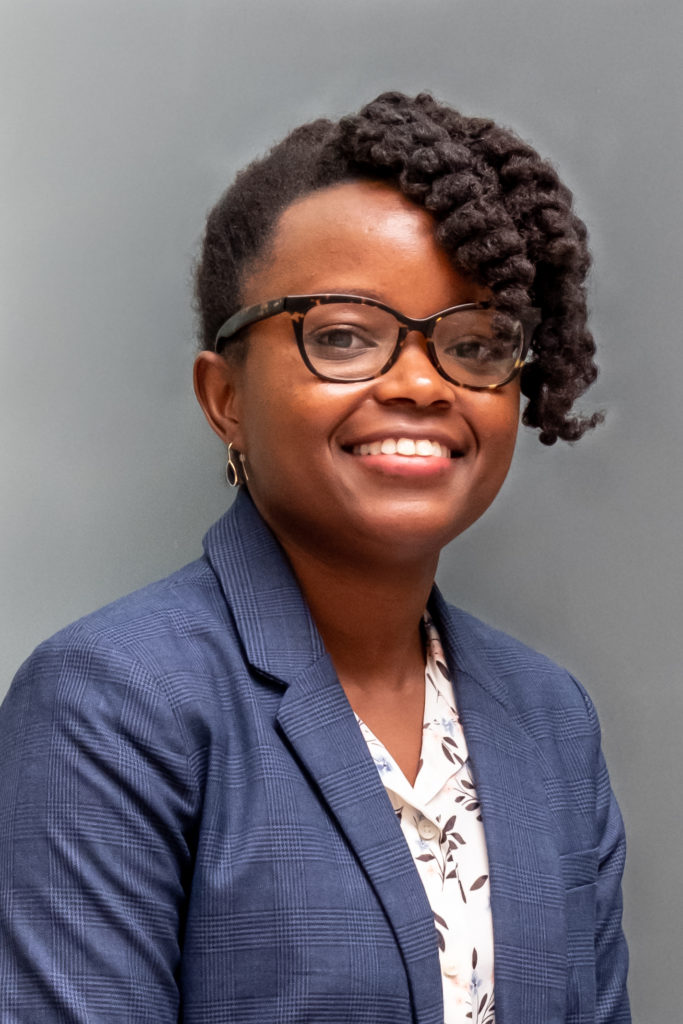Advancing RIFM’s Science at the ESCD Congress 2022
6.7.22
Scientist Isabelle Lee, PhD, who leads the Skin Sensitization endpoint for the Research Institute for Fragrance Materials (RIFM), will present at the 2022 Congress of the European Society of Contact Dermatitis (ESCD) this Thursday, June 9, at 10:10 CET. The ESCD Congress takes place June 8-10, 2022, in Amsterdam. (Visit the ESCD Congress website for more.)

Dr. Lee will present RIFM’s collaborative work with L’Oréal Research and Innovation and Charles River Laboratories to assess the skin sensitization potential of fragrance ingredients using the U-SENS™ Assay. (Read the peer-reviewed, open-access paper here.)
Anticipating OECD’s Guideline 497: Defined Approaches on Skin Sensitisation, published last June, Dr. Lee and collaborators compared the results of the U-SENS assay with the skin sensitization results determined by the weight of evidence (WoE) from historical data available on fragrance ingredients. These data included the human Cell Line Activation Test, or h-CLAT, which OECD Guideline 497 includes. Given the study results, RIFM and its collaborators expect that the OECD will now include the U-SENS in Guideline 497 as one of the “me too” additional assays.
“The results from this research will provide us with an additional assessment tool to use as an alternative to animal testing,” Dr. Lee explained, “and I’m very excited to share what we’ve learned with the scientific community.”
Download Dr. Lee’s presentation here. (Requires RIFM Member sign-in.)
Dr. Lee will also be on hand to answer questions about two other poster presentations:
- RIFM’s pioneering approach to assessing Natural Complex Substances (NCS) for their skin sensitization potential (download the poster; requires RIFM Member sign-in)
- The evaluation of potency prediction using the SENS-IS assay (download the poster; requires RIFM Member sign-in)
Related: Ask a RIFM Scientist: What is a NESIL, and how does it help ensure the safe use of fragrances?